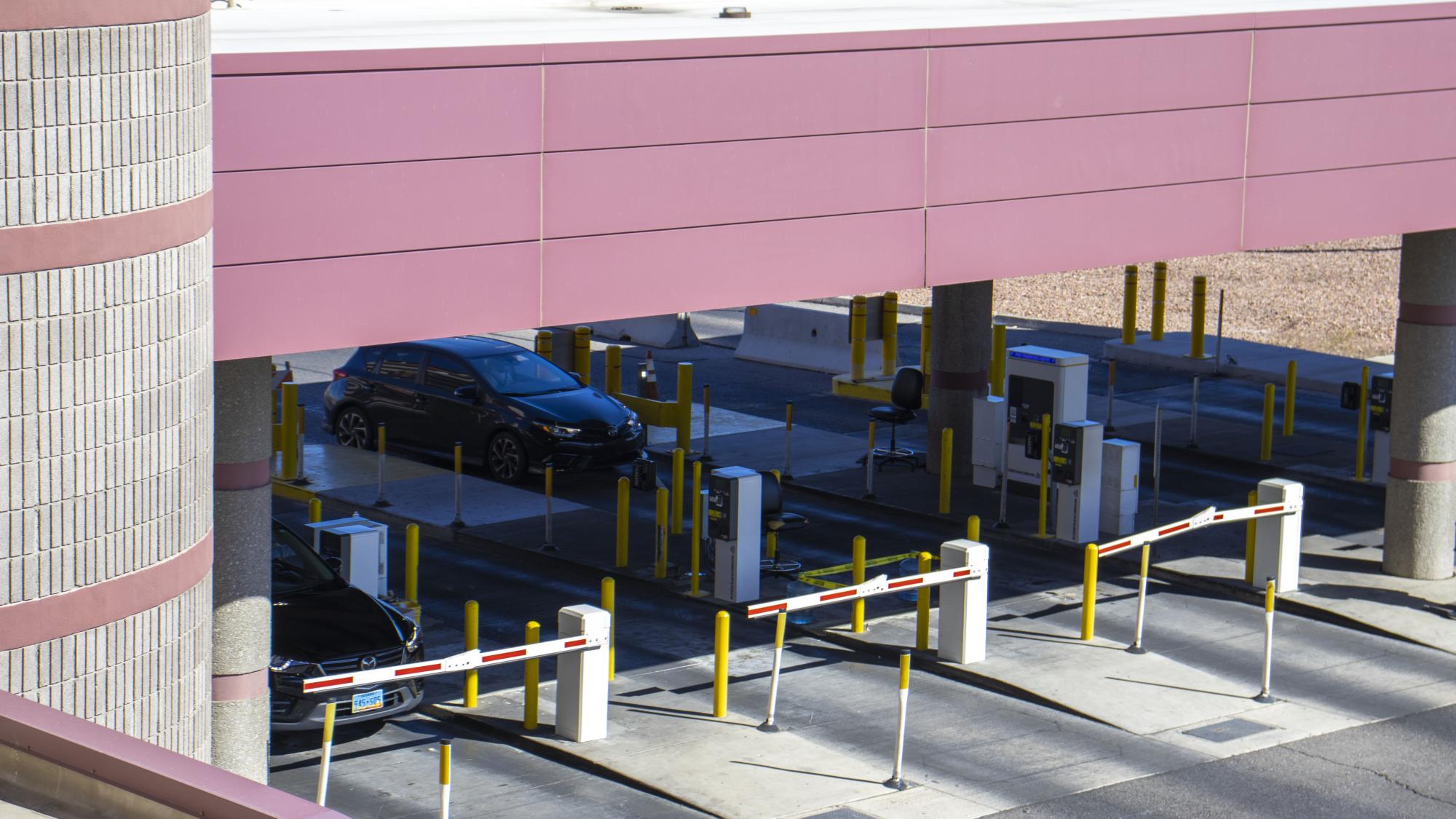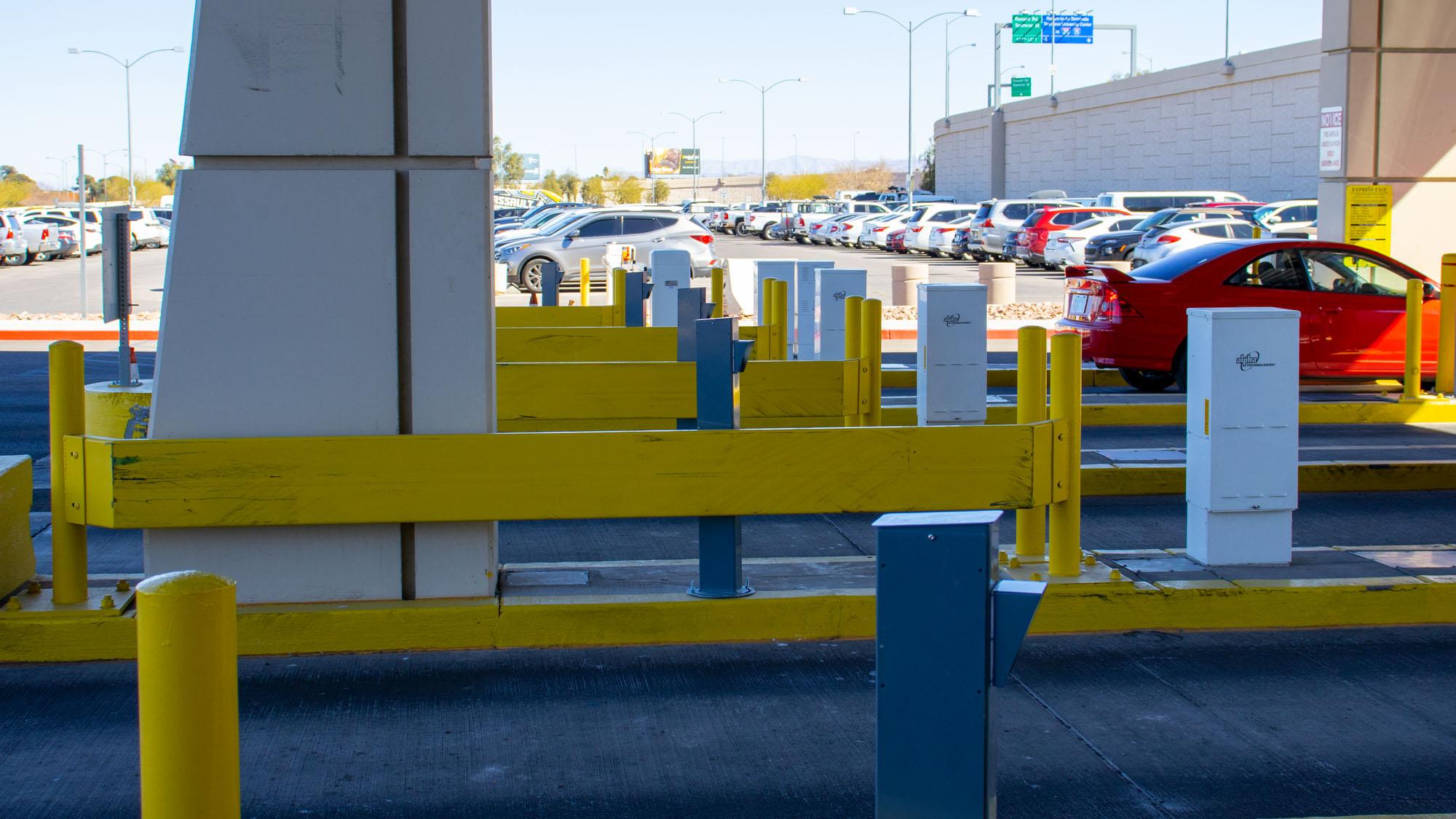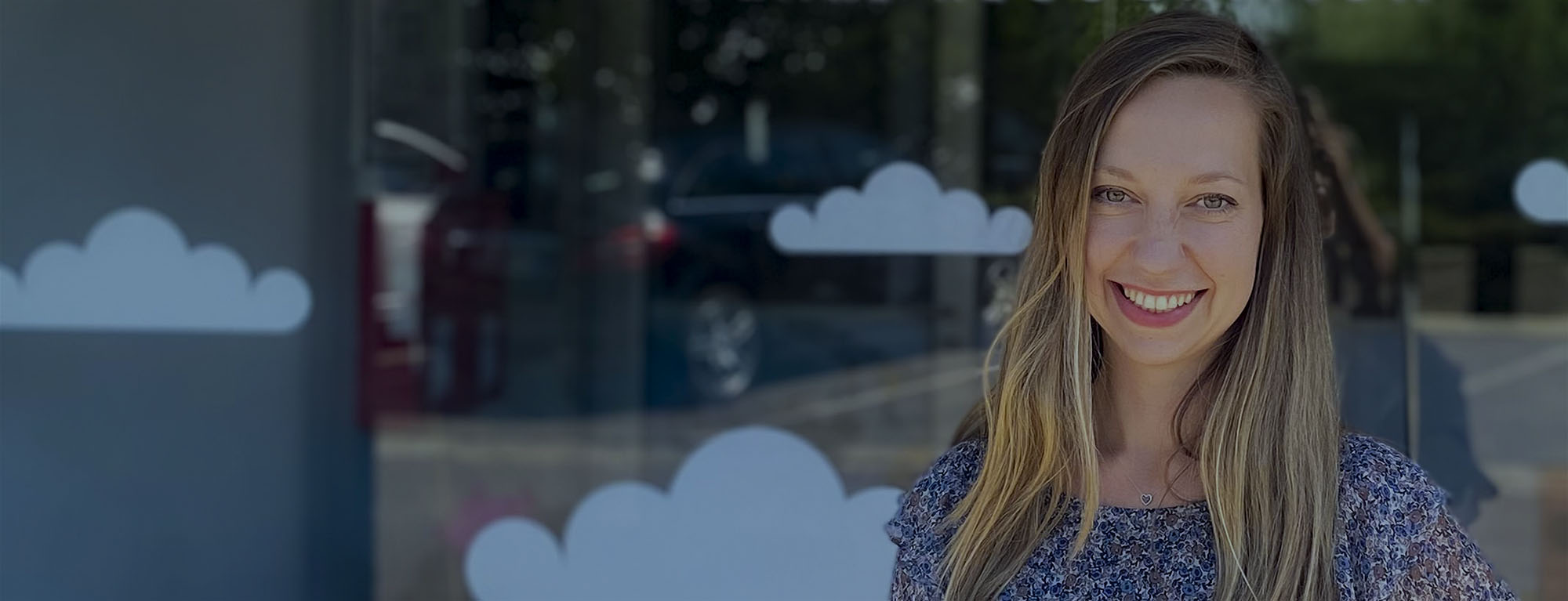

Parking at the airport or taking a cab?
An easier choice thanks to LPR
Driving to the airport, sharing a ride or taking a cab?; the question has a thousand variables making it a hot online discussion with many answers in each case, however, LPR has come to make things easier for the airport parking option to gain (a lot of) weight.
LPR has been around in airports since 2005, mainly for security reasons such as fraud prevention, but later developments in the field have been taking LPR to a whole new level, bringing new features and customer benefits to the mix.

So, how has LPR helped airport parking to become more attractive and profitable?
The new role of LPR
In the past, LPR wasn’t part of the parking system but a parallel, clumsy and outdated security protocol; now, thanks to better and more precise cameras with reading rates close to 100%, it is possible to embed LPR in the core, being the main responsible for opening the barrier in entries and exits which turns the parking into a frictionless facility with all the operational upgrades it conveys:
- The lines at the gate disappear,
- The waiting time reduces dramatically
- All the ticket-related hassles are gone for good!
This is easier said than done, mostly because of the “rear plates only” US policy that used to force parking lots to give up on LPR due to the high difficulty (extremely large and highly inconvenient minimum recognition distances required) to perform pre-capture LPR, but now it’s all past history: New enhanced AI-powered LPR cameras are able to maintain high reading rates at distances as short as 5 ft.
Thanks to All-in-one LPR cameras that perform the LPR inside their hardware, it’s possible for any parking to install LPR without heavy infrastructure changes.

Involving LPR at this level unlocks a whole world of possibilities any parking, especially airports could benefit from:
1 Easy as booking an Uber, drivers can now reserve and pay for a spot at the airport from their smartphones, entering and exiting without any interaction with parking equipment or personnel.
2 The reduction in car lines inside the airport parking has a benefit you may not link directly to LPR, but it’s enormous!: the air pollution reduction, which is dramatically significant and turns the whole facility into a better place to be.
3 Monthly subscribers like airport employees can also ingress or egress in a faster and simpler fashion, without even rolling down their window to show a badge or access card.
4 Internally, License plate inventory (LPI) operations have also become easier and simpler by using smaller All-in-one mobile cameras attached to small vehicles and directly connected to the cloud for instant processing.
Faster, cleaner, connected, secure and convenient… LPR makes parking at the airport more attractive than ever.
LPR Cameras In depth
Different types of LPR cameras with specific capabilities for multiple scenarios with different requirements such as ticketless parking, tolling, access control, street surveillance and smart cities
Picopak
The world’s smallest LPR camera for security and on-street parking control
Micropak
High performance LPR camera for the most challenging sites such as very short distances and open angles
Nanopak
More affordable, smaller yet very fast and precise LPR camera, ideal for barrier or totem embedding
Visipak
Ideal for ITS and Tolling, this powerful camera works at large distances and very high speeds
Citypak
Compact and affordable LPR camera with 4G connection, designed for Smart city
What makes them Advanced?
Thanks to Ad-Hoc hardware and firmware, LPR Cameras are specifically designed to locate, read and digitalize license plates in complex conditions where other equipment fails
Supervision Dashboard
Human/Software Supervision tool that certifies installation and monitors performance
No LPR Server Needed
LPR is performed in the LPR cameras firmware
No trigger needed
LPR cameras detect and process plates at vehicle speeds as high as 250 kph
All included
Lights, protection and connection are integrated into the LPR Cameras
Short & Fast!
The shortest LPR distance (from 5ft!) at the highest reading speed (20ms)
Performance Warranty
Contractual ensurance of performance or money refund
Advanced Support
Highly trained, dedicated teams for every project. Quotes in 24 hrs, shipping in 48
AI powered firmware
Neural networks are used to learn from every plate read and increase performance over time
One camera per lane
You do not need more than 1 Survision LPR camera to get LPR working

